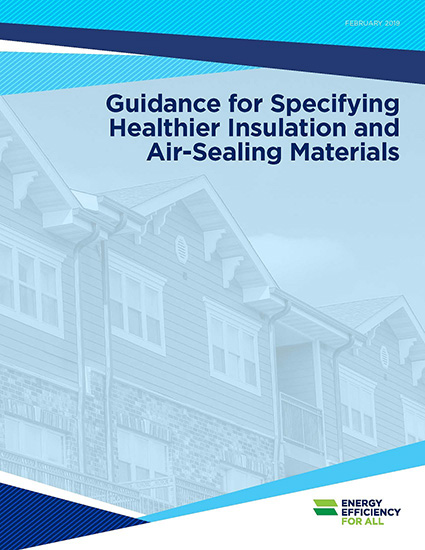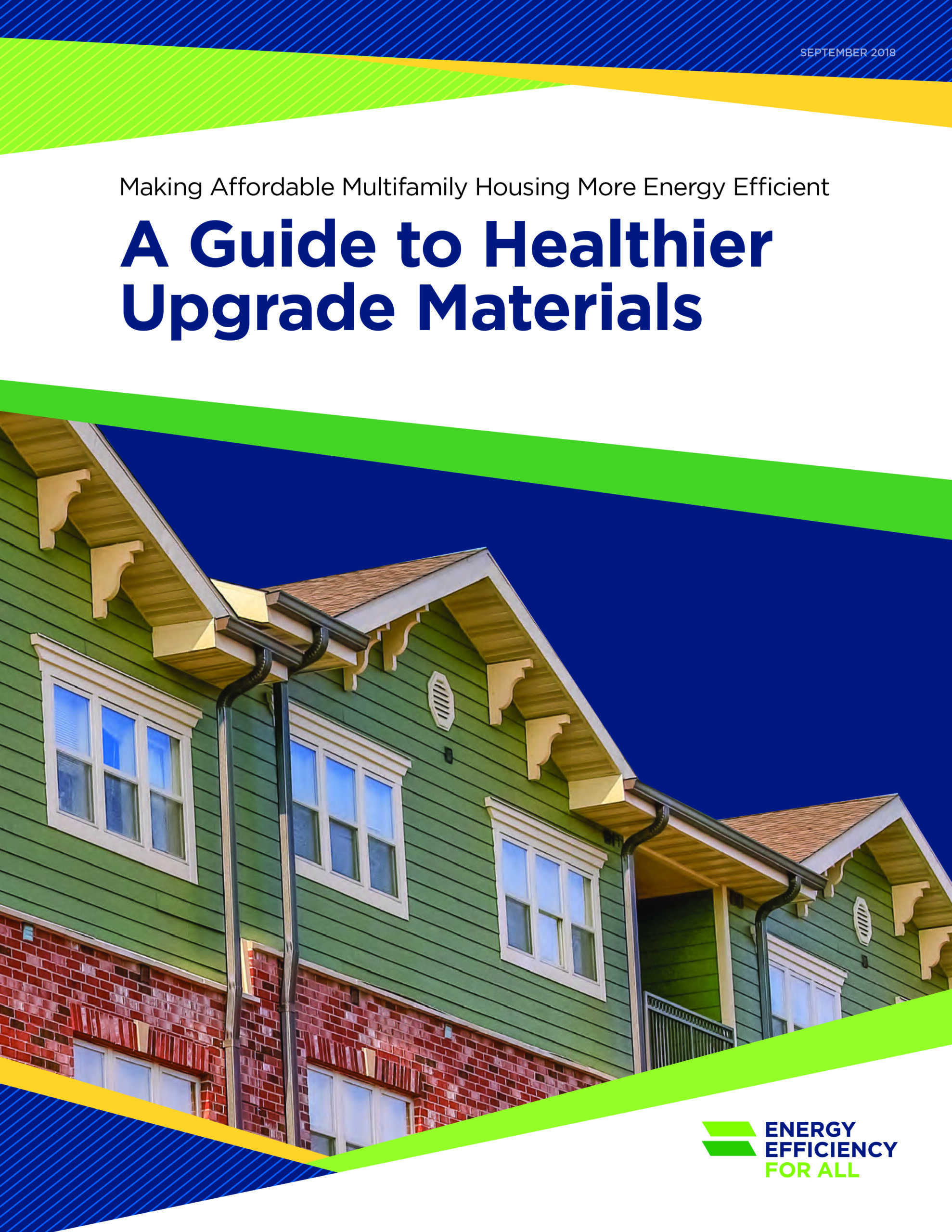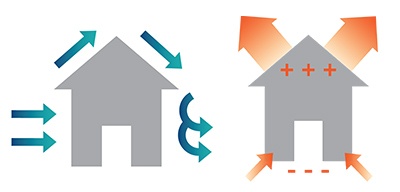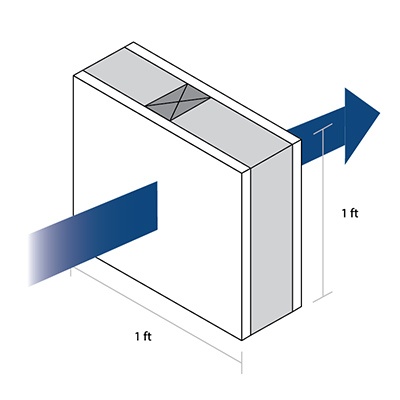While the growing legalization[1] of cannabis in the U.S. may be fueling new industries and is leading to an economic boom in states where it is legal, the use of drugs and alcohol on the job site can have a devastating impact on safety. Drug and alcohol abuse is prevalent among full-time construction
Details »Insulation Institute Blog
Posts Categorized: Health and Safety
Why Some Products Have a Cancer Warning Label
Have you ever wondered why certain products have a cancer warning label on them and others do not? Well, you’re not alone. Here’s why:
Details »Report Gives Guidance on Specifying Healthier Insulation
Energy Efficiency for All recently released a new report, “Guidance for Specifying Healthier Insulation and Air-Sealing Materials.” The new report is a supplement to a publication produced last fall, “Making Affordable Housing More Energy Efficient: A Guide to Healthier Upgrade Materials,” which ranked insulation materials used in multifamily residential insulation retrofits from least to most hazardous. According to the report, fiberglass insulations are among “the best insulation materials from a health perspective…and we recommend their use whenever possible” in residential multifamily housing stock.
Details »Fiberglass Among “Best Insulation Materials from a Health Perspective”
Fiberglass insulations received a ringing endorsement in a recent report by Energy Efficiency for All (EEFA) that examines the health impacts of materials used in weatherization and energy efficiency upgrades for low-income multifamily housing stock.
The report reviews the materials used in these retrofits and ranks products – including various types of insulation – from least to most hazardous. According to the report, fiberglass insulations are among “the best insulation materials from a health perspective….and we recommend their use whenever possible.”
Details »2009 Called. It Wants Its Energy Code Back
As advocates for building energy efficiency, Insulation Institute and many other organizations support the development and adoption of model residential building energy codes like the 2015 International Energy Conservation Code (IECC). Unfortunately, code adoption is literally “all over the map,” in the United States. Twenty-two states have a version of the energy efficiency code that meets or exceeds the 2009 IECC. Ten states meet or exceed the 2015 code, and 12 states have no statewide code at all, according to the Building Code Assistance Project. For those who support energy code adoption, it can seem like an uphill battle to advocate for newer energy codes, particularly when there are lots of misconceptions about the purpose behind the codes.
Details »Residential Energy Efficiency: The RX For Health
A report released recently by E4 The Future, which promotes residential clean energy and sustainability, examines the body of research supporting the considerable benefits of home performance/energy efficiency measures. The report concludes that not only do energy efficiency measures, such as increased insulation and air sealing, improved heating, and ventilation increase the comfort of the home, but also provide considerable occupant health benefits.
Details »A breeze. A draft. A blast. A wind. A whiff. Who knew air could take so many forms in a building?
No matter what you call it, air flow and its management are vital to the performance, energy efficiency and comfort of a new or renovated home. Not only that: improper air flow can have severe effects on the health and safety of the people in the building by promoting mold growth, spreading pollutants, and possibly creating backdrafting of combustion appliances, increasing the possibility of carbon dioxide poisoning.
Details »Want To Insulate Yourself From Customer Complaints About High Energy Costs? Establish a Good Thermal Boundary.
When it comes to energy costs, we all know the big numbers lie in heating and cooling the house. A large portion of this excessive energy use is due to air leakage as well as too little – or improperly installed – insulation. A good thermal boundary, which includes insulation, windows and doors, not only reduces energy waste, but also greatly increases an occupant’s comfort. Which brings us to heat flow. How heat flows, where it goes and how to control it is key to a whole-house systems approach that can create better homes for today’s homeowners.
Details »Spray Foam Safety and Re-entry Times: What Has Changed and What Hasn’t
Over the past few months, Icynene has announced that it is offering new spray foam products with reduced re-occupancy and re-entry times for trades and homeowners. There is already uncertainty as to the “right” amount of time that is needed and these announcements about reductions only add to that uncertainty. It is important to understand how these new recommendations came about and what they mean for spray foam safety.
Details »OSHA Final Rule on Confined Spaces and Spray Foam
The Occupational Safety and Health Administration (OSHA) recently issued its Final Rule on confined spaces – 29 C.F.R. Part 1926 Subpart AA. “Confined spaces” include any space large enough for a worker to enter it. The scope of the regulation, therefore, includes crawl spaces and attics.
Details »








